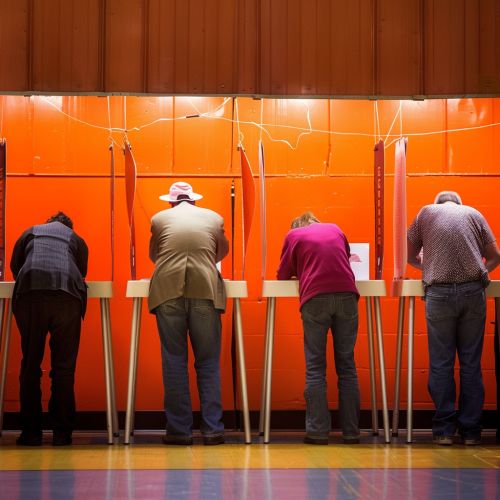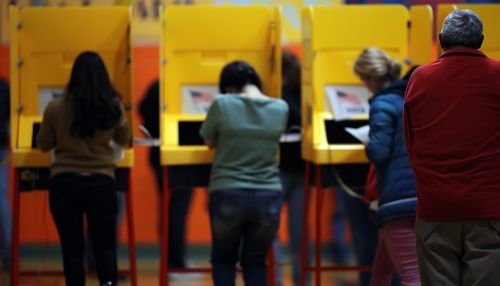United States Presidential Election, 2016
Background
The United States presidential election, 2016 was the 58th quadrennial presidential election, held on Tuesday, November 8, 2016. The election saw the Republican nominee, businessman Donald Trump, defeat the Democratic nominee, former Secretary of State Hillary Clinton. The election was notable for its contentious nature, significant media coverage, and the unexpected outcome, which defied most pre-election polling and analysis.
Candidates
Republican Party
The Republican primary field was one of the largest in history, with 17 major candidates entering the race. Donald Trump emerged as the frontrunner early in the primary season, leveraging his outsider status, media savvy, and populist rhetoric. His primary opponents included established politicians such as Jeb Bush, Marco Rubio, and Ted Cruz. Trump secured the nomination on July 19, 2016, at the Republican National Convention in Cleveland, Ohio.
Democratic Party
The Democratic primary was primarily a contest between Hillary Clinton and Bernie Sanders, a senator from Vermont. Clinton, who had previously run for president in 2008, was considered the favorite and secured the nomination on July 26, 2016, at the Democratic National Convention in Philadelphia, Pennsylvania. Sanders' campaign, which focused on progressive policies and grassroots support, significantly influenced the party's platform.
Campaign
The 2016 presidential campaign was marked by intense polarization and unprecedented media scrutiny. Key issues included immigration, healthcare, economic policy, and foreign relations. Both candidates faced significant controversies: Trump for his inflammatory remarks and allegations of misconduct, and Clinton for her use of a private email server during her tenure as Secretary of State.
Debates
Three presidential debates and one vice-presidential debate were held. The debates were widely watched and covered a range of topics, from national security to economic policy. The first debate, held on September 26, 2016, at Hofstra University, was particularly notable for its high viewership and contentious exchanges between the candidates.
Election Day
On November 8, 2016, voters across the United States cast their ballots. The election results were surprising to many, as Trump won the Electoral College with 304 votes to Clinton's 227, despite losing the popular vote by approximately 2.9 million votes. This marked the fifth time in U.S. history that a candidate won the presidency without winning the popular vote.


Electoral College
The Electoral College system played a crucial role in the 2016 election. Trump's victories in key swing states such as Florida, Pennsylvania, and Wisconsin secured his electoral win. The distribution of electoral votes highlighted the regional divides in the country, with urban areas largely supporting Clinton and rural areas favoring Trump.
Aftermath
The election's outcome led to widespread reactions, both domestically and internationally. Protests erupted in several cities, and discussions about the Electoral College, voter suppression, and election security intensified. The alleged interference by Russia became a significant focus of subsequent investigations and political discourse.
See Also
- Electoral College (United States)
- Russian interference in the 2016 United States elections
- Hillary Clinton email controversy
- United States presidential debates, 2016
- 2016 Democratic National Convention
- 2016 Republican National Convention
